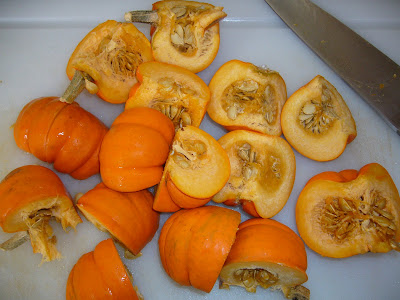 Okay, this month's plant is a big one, and I really debated if I should include it. I know many people have small yards and are never going to be able to plant such a big tree. However, I wanted to highlight what I have learned about oaks, and this is the most impressive oak that grows in my region (the mid-Atlantic).
Okay, this month's plant is a big one, and I really debated if I should include it. I know many people have small yards and are never going to be able to plant such a big tree. However, I wanted to highlight what I have learned about oaks, and this is the most impressive oak that grows in my region (the mid-Atlantic). According to Douglas Tallamy (author of Bringing Nature Home), oak trees are the single most important plant to grow if you want to support animal diversity. Oaks support over 500 species of moths and butterflies (which, in his studies serve as a proxy for all insects). In addition, its nuts provide food for a number of small mammals.
So why the White Oak (quercus alba)? Well first, it is a beautiful, majestic tree that has beautiful color in fall. It is the Maryland State Tree and many Maryland gardeners are familiar with Maryland's most beloved tree, the Wye Oak, over 450 years old when it was felled by a storm in 2002.
As for growing conditions - first, the White Oak needs room. It will grow to 75-100 feet tall, with a spread the same size. It does well in sun or part shade and does not need a lot of moisture.
These are fairly slow growing trees and they have a long-tap root, so it is best to transplant them when they are small. A lot of traditional nurseries do not sell oaks, but they are available at native plant nurseries. Here is a source of a seedling from the Wye Oak.
Even if a white oak is too big for your yard, consider some of the smaller oaks like bear oak (quercus ilicifolia) or blackjack oak (quercus marilandica).
You might also like:
December plant of the month: winterberry
November plant of the month: doll's eyes
October plant of the month: sugar maple
September plant of the month: blueberry
August plant of the month: joe pye weed






